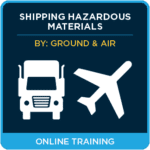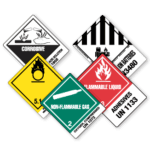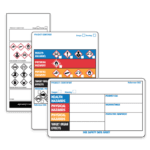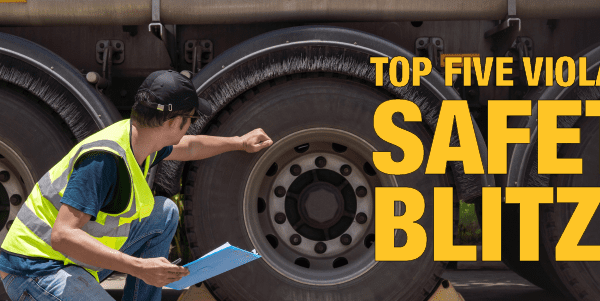
Someone recently asked me what I love about my job as a Hazardous Materials Trainer and Regulatory Specialist at ICC. The first part of my answer is working with my co-workers and customers. After that, it is all about the challenge of understanding these ever-changing regulations. You see, I love learning just for the sake of learning. It wouldn’t be hard for me to still be in school if money weren’t an issue. As such, the whole concept of initial and recurrent training fits right in with the way my brain works. Occasionally, I too need a “refresher” on certain parts of the regulations. Even after 10 years in this business, there are times when you need to remind yourself that the devil is in the details.
Let me give you an example of what I mean. Everyone that handles, ships, transports hazardous materials, or dangerous goods knows what a Proper Shipping Name (PSN) is. It is one of the first things you learn in any transport training course regardless of the mode – 49CFR, IATA, IMDG. Generally speaking, it is the name found in the tables of each regulation that best matches what you are shipping. In 49CFR and IMDG that means looking in column 2. For IATA, the shipping names are found in column B. It is also the name marked on packages and listed on official paperwork.
To be clear, let’s look at the definition of what a PSN really is. In 49CFR Section 171.8, a PSN is the “name of the hazardous material shown in Roman print (not italics) in 172.101.” IATA adjusts the definition slightly in Appendix A. There is a PSN “name to be used to describe a particular article or substance in all shipping documents and notifications and where appropriate, on packagings. Note: These names are indicated in boldface characters in the List of Dangerous Goods. See also 8.1.3.” IMDG follows the same concept but has the information in 3.1.2. Here it says a PSN is the name “most accurately describing the goods in the Dangerous Goods List which is shown in upper-case character.”
In all of those definitions, they allude to other text that could be seen with the name. This is most commonly known “descriptive text”. It is there to help a shipper decide the best name to choose. Depending on the regulation, the descriptive text is shown in an obvious way to further solidify that it is not part of the proper shipping name. Shown below are just a few examples of how descriptive text is shown in each regulation.
Descriptive Text Examples:
- 49CFR uses italics:
- Sulfuric acid with more than 51 percent acid
- Sulfuric acid with not more than 51% acid
- IATA uses non-bold print:
- Sulphuric acid with more than 51% acid
- Sulphuric acid with 51% or less acid
- IMDG uses lower case lettering:
- SULPHURIC ACID with more than 51% acid
- SULPHURIC ACID with not more than 51% acid
For years in training classes, we spend time discussing how descriptive text is NOT really part of the shipping name. I even make sure folks understand it should NOT be used as a mark on packages nor should it be listed on shipping papers. Well, sure enough, someone asked recently about where exactly in the regulations does it say this. So as a group, we went on a hunt. Sure enough, right there in the details of each regulation, there is a bit more to the story
As we saw in the definitions, the descriptive text is mentioned but is clearly NOT part of the PSN. However, in each regulation, you ARE allowed to list that descriptive text as a part of a PSN. The 49CFR regulations have this in 172.101(c)(2) – Punctuation marks AND WORDS in italics are not part of the shipping name BUT MAY BE USED in addition to the proper shipping name. IATA has the same wording as found in a Note 1 under 8.1.3.1. For IMDG, it is at the end of that paragraph. So, all regulations WILL allow that additional information or text to be a part of a PSN. I had gotten into the bad habit of saying it isn’t allowed at all.
Moral of the story, it never hurts to review things you think you know well. Now, when was the last time you had your recurrent or refresher training? ICC is here to help. We have multiple options for you. Even during this COVID-19 crisis we are an essential service and are here for you. We can still provide training even to folks working from home and without copies of the regulations on hand. Reach out to us today.
We have all the products, services and training you need to ensure your staff is properly trained and informed.
 Shipping Hazardous Materials by Ground (US) and Air, Online Training |
 GHS Supervisor/Manager Training Within OSHA |
 Proper Shipping Name Labels |
 GHS Workplace Labels |






 ICC USA
ICC USA ICC Canada
ICC Canada